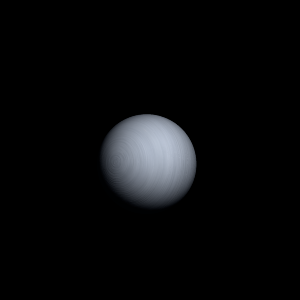|
|
Space Astro
|
Info for exoplanet "Girmenand'phaë"
| Scientific (actual) data |
|---|
| Planet | WASP-98 b |
| Planet status | Confirmed |
| Planet mass | 0.83 |
| Radius | 1.1 |
| Orbital period | 2.96264 |
| Semi major axis | 0.036 |
| Orbit eccentricity | 0 |
| Inclination | 86.3 |
| Discovered | 2013 |
| Updated | 2016-06-03 |
| Tzero tr | 2456330 |
| Temperature (kelvin) | 1180 |
| Publication | Published in a refereed paper |
| Detection type | Primary Transit |
| Molecules | TiO, VO |
| Star name | WASP-98 |
| Right ascension | 58.43° |
| Declination | -34.33° |
| Mag v | 13 |
| Star metallicity | -0.6 |
| Star mass | 0.69 |
| Star radius | 0.7 |
| Star sp type | G7 |
| Star age | 3 |
| Star temperature | 5525 |
| Wikipedia article | WASP-98 b |
Back
| |
| Fictional info (?) |
|---|
| Suggested name | Girmenand'phaë |
| Planet type | Hot gas giant |
| It is a hot gas giant planet with a mass one-thousandth that of WASP-98, but two-and-a-half times that of all the other planets in its solar system combined. The planet is named after the deity Girmenand'phaë, the goddess of the underworld.
The two polar ice caps appear to be made largely of dust.
Its north and south poles, therefore, lie where most other planets have their equators. In 1688, images from Frontier 7 showed Girmenand'phaë as an almost featureless planet in visible light, without the cloud bands or storms associated with the other hot gas giants. |
| Atmosphere | TiO, | 84% |
| VO | 16% |
| Atmospheric pressure | 12 bar |
 |
| No known satellites |
| Google search for Girmenand'phaë |
|
Website by Joachim Michaelis
|
|
|
|